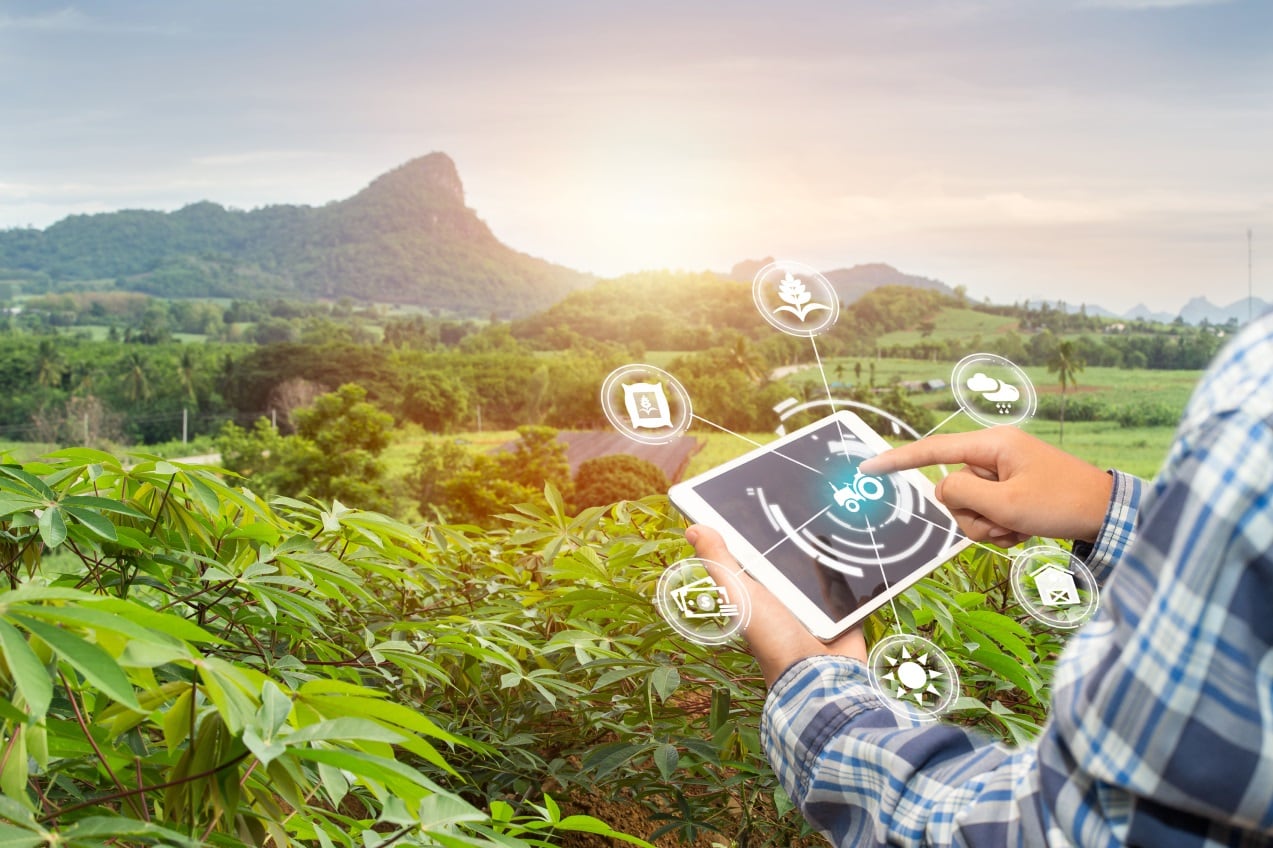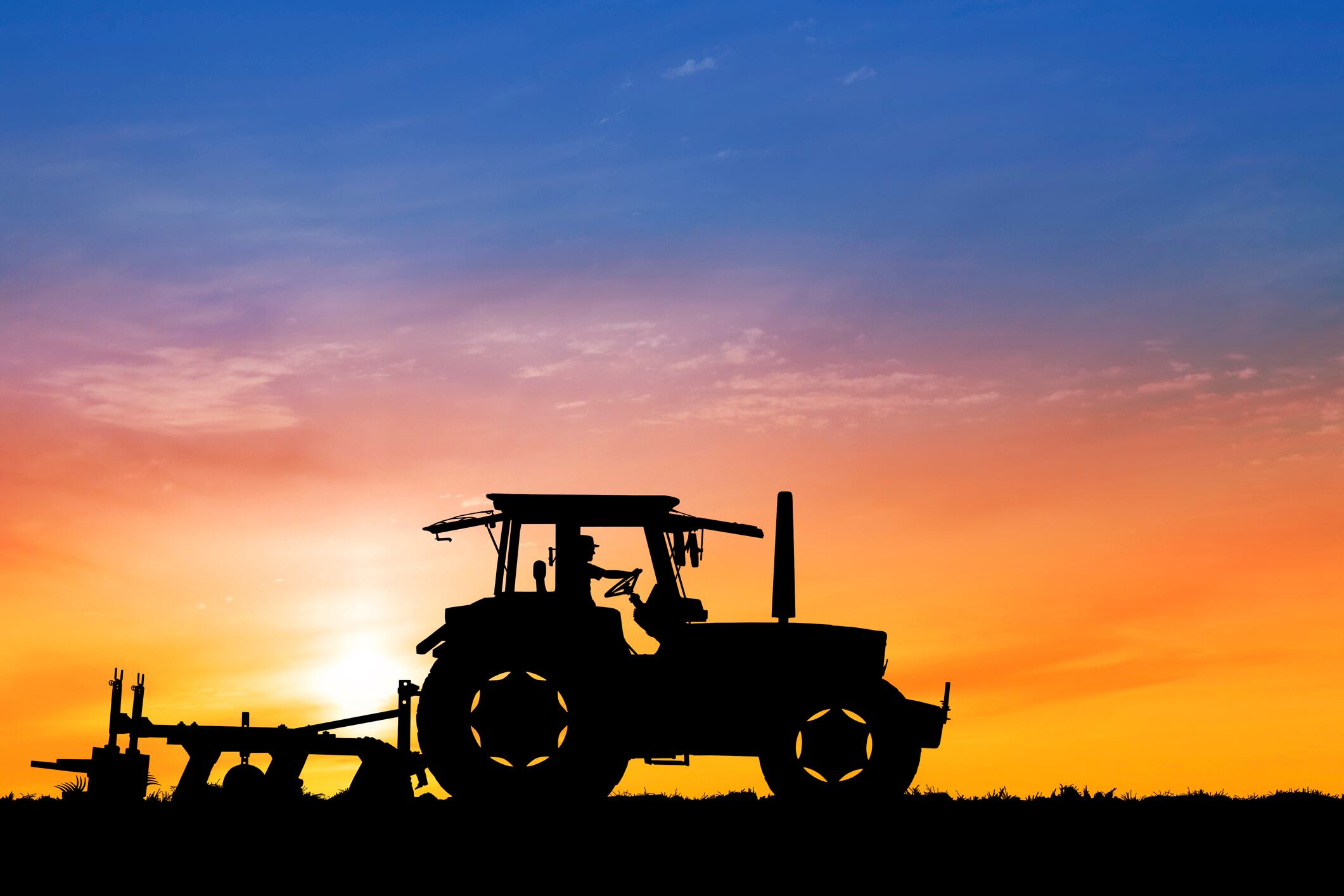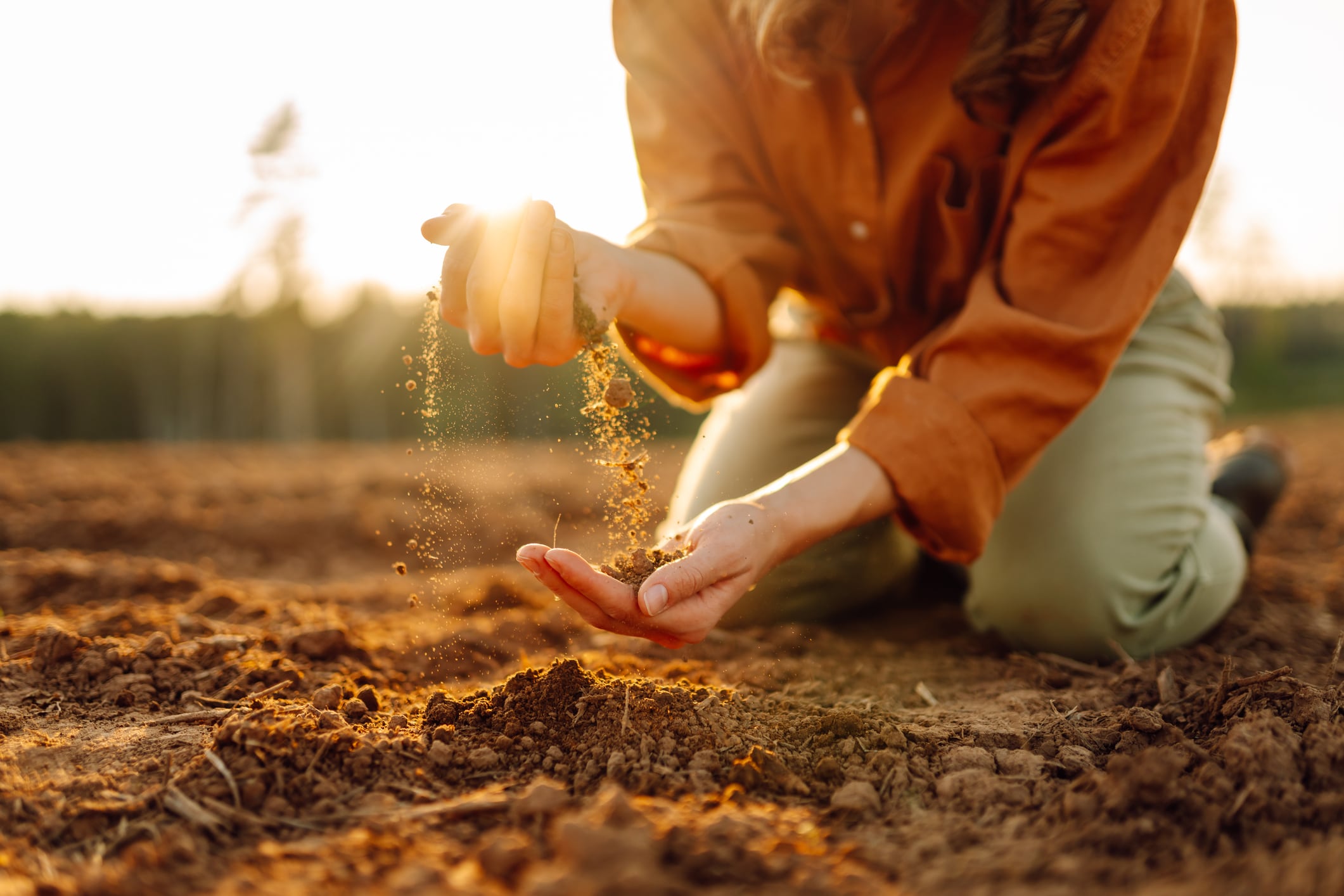Global food demand is expected to jump by 35% to 56% by 2050, but current food production methods have proven unsustainable. Agriculture today consumes about 72% of the world’s freshwater supply and has caused a fivefold rise in fossil fuel use for machinery over the past decades. Meanwhile, almost one-third of the food produced globally is lost or wasted, even as more than 820 million people live with hunger.
According to a recent article published by researchers at Deakin University, RMIT University and Switzerland’s Agricultural Economics and Policy Group, the focus must shift toward reducing food waste. They also emphasized preventing crop losses, switching to more plant-based diets, and adopting technologies that make farming more efficient and less harmful to the environment.
The growing role of AI in agriculture
AI has the ability to process huge amounts of data quickly and spot patterns humans might miss. In farming, this can mean analysing soil health, weather conditions, pest outbreaks, and crop growth in real time.
Farmers using AI-driven systems can make smarter decisions about when to plant, irrigate, fertilise, and harvest. Sensors placed in fields collect continuous data, which AI tools then use to offer tailor-made recommendations. This not only boosts yields but also helps cut down on the overuse of water, pesticides, and fertilizers — all major environmental issues.
For example, predictive analytics powered by AI can reshape food supply chains. By analysing past and current trends, AI tools help reduce the carbon footprint of farming by 10% to 20%, mainly by lowering the dependence on chemical inputs.
The article also highlighted AI’s role in crop protection. Traditional farming often relies on spraying large areas with chemicals to control pests and diseases. But with AI-supported detection systems, farmers can apply treatments only where and when they are needed, leading to less chemical run-off and better soil health.
Innovation beyond the farm
AI’s benefits are not limited to farming. In the food industry, from processing to retail, AI is changing the way businesses manage inventory, reduce waste, and even develop new products.
Retailers can now use AI tools to track the freshness of their products more precisely. By adjusting prices based on how close an item is to its expiration date, stores can encourage faster sales and avoid throwing out good food.
Another breakthrough is the use of “digital twins”— virtual models of physical products. These models help predict the true shelf life and quality of food items, rather than relying on fixed expiry dates that often cause the early disposal of still-edible food.
In food production, machine learning (ML) can also speed up the creation of new recipes and formulations. By predicting how different ingredients will interact, AI helps manufacturers develop better-tasting, more nutritious plant-based and lab-grown products. This is critical for offering sustainable alternatives to meat, which has a much higher environmental footprint.
Hidden costs and emerging challenges
Despite its promise, however, AI brings new risks the food industry must not ignore. Training AI models and running massive datasets require substantial energy, much of which still comes from non-renewable sources like coal and natural gas. This means the very tools designed to make agriculture more sustainable could end up increasing carbon emissions if their energy use is not managed.
Another problem is electronic waste. As AI-driven agricultural machines and sensors become obsolete, their disposal could create serious environmental issues if robust recycling systems are not in place.
Social equity is also a major concern. Large farms and big corporations are more likely to have the resources to adopt AI technologies. Meanwhile, smallholder farmers, who form the backbone of food production in many parts of the world, risk being left behind.
The researchers warned that if only the biggest players could afford these innovations, there could be a risk of the gap between large and small producers widening. This could lead to greater market consolidation and reduced diversity in the food system.
Moreover, there is a danger that economic gains could be prioritised over environmental and public health goals. Without proper regulation, AI might be used mainly to boost profits rather than drive true sustainability.
Building a fair and responsible AI future
The researchers outlined several steps to ensure AI would drive positive change in agrifood systems.
Firstly, technology must be made accessible. Simplified, affordable AI tools should be developed so small farmers and smaller food businesses can adopt them easily. This could mean designing user-friendly interfaces, offering low-cost sensor solutions, and providing training programs.
Secondly, strong governance is essential. Risk assessments and ethical guidelines need to be put in place to ensure AI deployments respect environmental limits, protect public health, and promote social fairness.
Thirdly, AI solutions must be aligned with broader sustainability goals. Integrating AI into agro-ecological practices — such as crop rotation, organic farming and biodiversity conservation — could help ensure technology strengthens, rather than replaces, ecological wisdom.
Finally, equity must be a priority. Future efforts should aim to democratise access to AI, ensuring smallholder farmers, consumers, and future generations benefit equally. The researchers stressed that the digital revolution in agrifood must correct, not worsen, existing inequalities and ecological damages.
The road ahead
The digital transformation of agrifood systems is already underway, but its future is still being shaped. The choices farmers, food companies, tech developers, and policymakers make today will decide whether AI becomes a tool for good, or a new source of problems.
The article concluded: “The agrifood system is undergoing broad-scale AI-driven technological transformation. If this development is steered properly, it could contribute to a more sustainable agrifood system meeting the objectives of feeding the growing global population while improving environmental, social, and economic sustainability.”
Source: Journal of Agricultural and Food Chemistry
“Sustainability and Environmental Footprints of AI-Supported Agrifood Systems”
https://doi.org/10.1021/acs.jafc.5c03514
Authors: Mehran Ghasemlou, et al.



